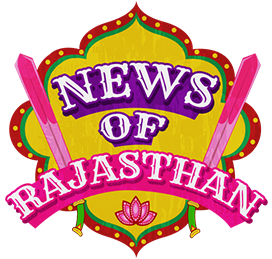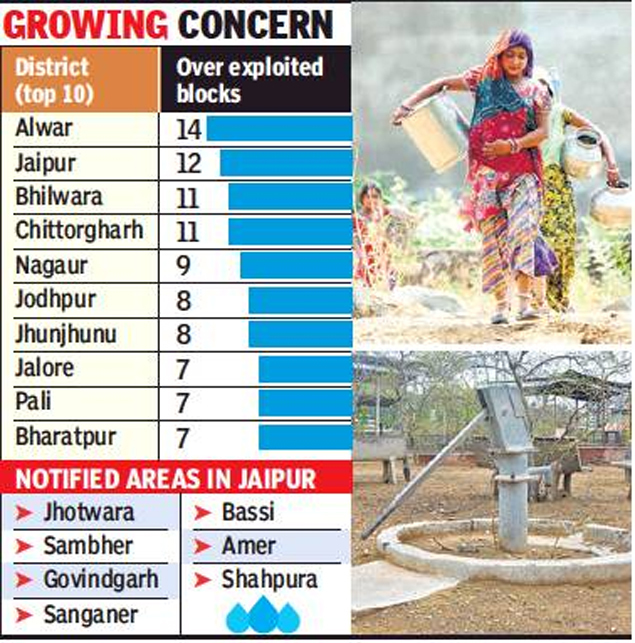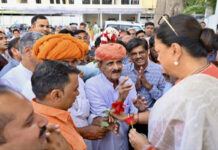
The latest data from National Hydrograph stations (NHS) operating under the Central Ground Water Board suggests that the groundwater level in the desert districts of the western parts of the state has risen. The compiled data contains information gathered from January 2017 to January 2018.
As per the central groundwater department, this rise in the water level is scattered from south-east to south-central, north-western, western, and west-central parts of Rajasthan. However, the water level has gone down at many stations.
Precisely, out of 931 wells, 34.4% stations have seen a rise while the water level at 65.5% stations has gone down. The water has risen over 2 meters in 19.12% stations located at districts like Jaisalmer, Barmer, Pali, Jodhpur, Baran, and Ganganagar.
The situation has turned severe for the districts located in the southern part of Rajasthan including Udaipur, Banswara, Dungarpur, and Pratap Nagar where the depletion of groundwater level has been the highest.
Talking about the decadal average recorded from January 2008 to January 2018, the groundwater situation seems to be improving but slowly. The water level has declined in 58.8% stations but it has risen in 45.8% of them. Besides, in 11.33% stations, the water level has risen over 4 meters. These include districts like Pali, Chittorgarh, Bhilwara, Jalore, Jhalawar, Rajsamand, Sirohi, Rajsamand, and Ajmer.
Moving on, the situation is at a seriously low level for 34 blocks which have been declared as ‘notified areas’ for the control and regulation of groundwater. Out of these 34, 7 blocks fall under Jaipur district namely Jhotwara, Sambher, Bassi, Amer, Sanganer, Shahpura, and Govindgarh. In all such blocks, the groundwater can only be drawn for drinking water purpose while for other purposes a special permission is required from the concerned district collector.








